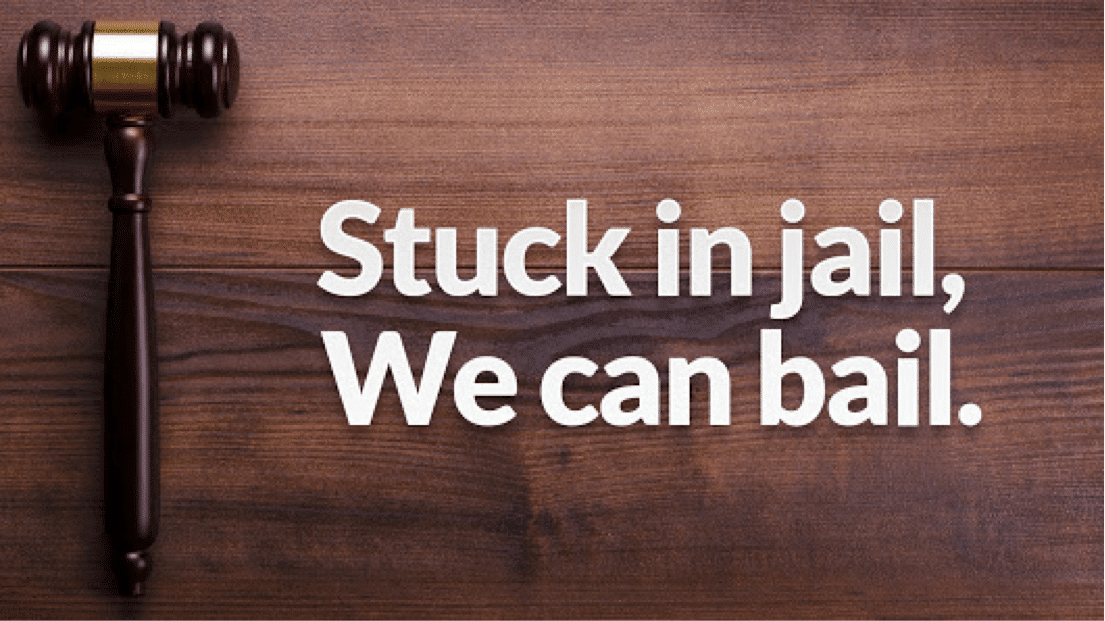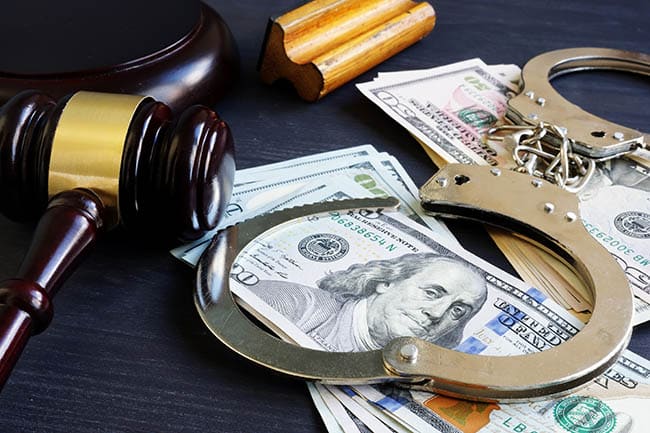The Key to Effective Bail Bonds: Depend On and Openness
The Key to Effective Bail Bonds: Depend On and Openness
Blog Article
Understanding the Fundamentals of Bail Bonds: What You Need to Know
Browsing the complexities of bail bonds is a vital facet of the lawful system that can substantially impact the accused's journey through court procedures. The complexities of exactly how bail bonds operate, the different types readily available, and the critical factors to consider in selecting a trustworthy bail bondsman can be intimidating.
What Is Bail?
Bail is an economic arrangement that permits an individual charged of a criminal activity to be released from guardianship while awaiting test. The primary purpose of bail is to make certain that the defendant stands for future court procedures (Bail Bonds). Generally set by a judge, the bail quantity differs relying on the nature of the crime, the accused's criminal history, trip danger, and various other essential factors
When bail is approved, the accused or a rep has to pay a specified amount, which might be in cash money or via a bail bond. In some cases, bail can be rejected entirely, particularly for significant offenses or if the suspicious poses a considerable risk to public safety and security. The idea of bail is rooted in the presumption of innocence, enhancing the idea that people need to not be penalized prior to a sentence.

Recognizing Bail Bonds
A bail bond is a monetary tool that facilitates the release of an accused person from protection, acting as an assurance for their appearance at future court dates. This plan allows accuseds to preserve their flexibility while awaiting test, minimizing the problems connected with incarceration. The bail bond procedure generally entails a third-party firm, referred to as a bondsman, who offers the required funds to the court on part of the accused.
Bail bonds come in various forms, including guaranty bonds, building bonds, and cash money bonds, each with distinctive requirements and effects. Guaranty bonds, one of the most usual type, require an exceptional repayment, typically a percent of the overall bail quantity, which is non-refundable. On the other hand, a home bond entails using property as security, while money bonds necessitate the full bail amount to be paid in advance.
Comprehending the nuances of bail bonds is important for offenders and their households. It is necessary to comprehend the possible monetary implications, including responsibilities and fees to the bail bondsmansman, in addition to the legal responsibilities linked to guaranteeing court looks. Expertise of these aspects aids in making notified choices throughout a difficult time.
Just How Bail Bonds Work
The process of safeguarding a bail bond typically entails several crucial actions that make sure the accused can reclaim their liberty while awaiting trial. The specific or their representative get in touches with a bond bondsman, who evaluates the instance and the connected dangers. The bondsman will certainly require info about the accused, consisting of the fees, the bail amount established by the court, and any kind of pertinent individual details.
Once the bail bondsman agrees to supply the bond, the accused or their rep must pay a non-refundable charge, visit here generally a portion of the overall bail amount. This charge compensates the bail bondsman for handling the economic risk of making sure the accused appears in court. Sometimes, security may also be needed, such as building or valuable properties, which works as protection for Website the bond.
After the cost and any kind of collateral are organized, the bail bondsman submits the necessary documentation to the court. Upon approval, the bail is posted, and the implicated is released from custodianship. It is essential for the charged to stick to all court days and problems, as failure to do so can result in the forfeiture of the bond and possible lawful repercussions.
Kinds Of Bail Bonds
Different sorts of bail bonds are offered to match various circumstances and needs. One of the most usual type is the guaranty bond, where a bondsman assurances repayment of the full bail total up to the court in exchange for a non-refundable cost, commonly around 10% of the bail. This plan allows accuseds to safeguard their release without paying the entire bail upfront.
An additional type is the cash bond, which calls for a co-signer or the offender to pay the try this out full bail quantity in money straight to the court - Bail Bonds. This option is often liked for lower bail amounts, as it guarantees the cash is returned upon the accused's appearance at all court process
Property bonds include making use of property as collateral. In this situation, the court positions a lien on the property, which can be surrendered if the defendant fails to appear.
Finally, federal bail bonds are specifically designed for government situations, commonly involving greater quantities and additional complexities. Comprehending these various bail bond types is vital for offenders and their families in making informed choices during a challenging time.
Picking a Bondsman
When selecting a bondsman, it is important to think about numerous key elements that can impact the overall experience and outcome. First, examine the bondsman's online reputation by researching online evaluations and getting recommendations from trusted resources. A trustworthy bail bondsmansman will have a history of professionalism and effective instances.

Most bail bondsmen charge a non-refundable charge, generally around 10% of the bail quantity. Transparency in rates is a characteristic of a credible bail bondsman.
Final Thought
Bail offers as a financial guarantee of court look, while numerous kinds of bail bonds cater to various conditions. Recognizing the functional mechanisms of bail bonds and selecting a reputable bail bondsman can significantly affect the overall experience.
The details of exactly how bail bonds operate, the numerous kinds readily available, and the critical factors to consider in choosing a reputable bail bondsman can be intimidating. The bail bond procedure typically includes a third-party firm, known as a bond bondsman, who provides the required funds to the court on part of the implicated.
The most typical type is the surety bond, where a bail bondsman warranties settlement of the full bail amount to the court in exchange for a non-refundable fee, commonly around 10% of the bail. Bail serves as a monetary assurance of court look, while various types of bail bonds provide to various situations. Understanding the operational devices of bail bonds and selecting a trustworthy bail bondsman can substantially affect the general experience.
Report this page